Cuenca Tourism Information
Cuenca is a city set in the mountains of east-central Spain. It was founded by the Moors, over the centuries it has retains its Historic Walled Town with steep cobbled streets and medieval castle ruins. It's highlight, being perched on a limestone spur high above the Júcar and Huécar rivers, it's renowned for its well-preserved "casas colgadas," or hanging houses. Scenery, together with easy walks around the town, quaint cafes and restaurants make of this visit an ideal day out in the region!
Cuenca is probably best visited during spring or Autumn, when the weather is usually warm and often sunny. May, June, September and October are particularly pleasant months, with very warm weather and sunny days. Summer's despite being high season, are not recommended to visit for active tourism, unless you like 35°C+ during the day!
The rest of the year its more pleasant with temperatures averaging between 15°C to 25°C. Autumns are also very pleasant in Cuenca with reasonably high temperatures and plenty of sunshine. Winters are renowned for being quite cold, with temperatures reaching sub zero at night and around 10-15°C during the day.
Getting to Cuenca is accessible by train or bus from Madrid. The trip takes 55 minutes by fast train or 2 hours by bus. Trains are cheap and the same price as the bus if you buy in advance at €13-15, one way. They depart from Atocha manin station. Busses can be taken from Madrid, at "Estacion Sur" for €13 one way, located at Metro station Méndez Álvaro on line 6.
In Cuenca you can find all shorts of food, typical Spanish food to more local! Beef, Pork and lamb are popular options, as well as rices in "Paella". You can also find other dishes of spanish regions like the "Fideua". Fish and sea food is widely available and they form part of every menu in the restaurants around the area. if you go for lunch or dinner, watch out for the "Menu del Dia" Menu of the day with multiple dish options for only €12 to €18 depending of the restaurant and time of day. Desserts like ice creams, rice pudding, "flans" or even some hot chocolate with churros are always a good snack to munch on after a walk!
If you are keen to ample some Conca recipes look out for "Zarajos" (roast lamb tripe), "morteruelo" (a kind of pâté served hot) or "ajoarriero" (cod stew) are some of the local dishes, to which can be added vegetable stews, roasts and river fish. Almonds, honey and figs are included in all kinds of imaginative cookery and make up the dessert known as "alajú" (a cake made of honey, figs and almonds). As for drinks, wines with the La Mancha Denomination of Origin and "resolí", a liqueur made with coffee, sugar and orange peel, are outstanding.
This charming city, in the Region of Castile-La Mancha, nested between the Júcar and Huécar river canyons, you will find this city with the UNESCO World Heritage designation for its wealth of monuments. The Cathedral, Casas Colgadas (Hanging Houses) and cobbled streets make for an ideal walk around its streets.
Cuenca’s old town spreads out from atop a promontory overlooking the ruins of its Moorish castle, the ancient Kunka fortress. Meanwhile, below, the modern city grows on the Júcar plain. The “upper city” is the medieval centre, with its old streets that give the city its character, you can find the parish church of Nuestra Señora de la Luz, next the San Antón bridge. Here begins a tour of the hills, steps and viewpoints which provide beautiful views. You can find also the church of San Felipe Neri, a sober construction which becomes a focus at Easter. On the other side of the Plaza del Carmen you can climb to the Plaza de la Torre Mangana, a former watchtower for Cuenca and one of the symbols of the city, located very close is the Science Museum.
Before reaching the Plaza Mayor, you walk through the Plaza de la Merced, where you can see good examples of Cuenca Baroque in the church and convent of La Merced. In the Plaza Mayor stand the arches of the Town Hall and the Gothic Cathedral of Nuestra Señora de Gracia. Between the Cathedral and the Casas Colgadas we can also visit the Provincial Museum, the Casa del Curato, the Diocesan Museum and the Bishop's Palace.
Behind the cathedral, a street begins leading to the Casas Colgadas, the symbolic monuments in the city, which date from the 15th century. One of the houses contains the Museum of Spanish Abstract Art, one of the best in Spain. The wooden balconies of the Casas Colgadas hang over the course of the Huécar, but you have to cross the river to get one of the best panoramic views.
Cuenca is only one of many points of interest in the province. Some 30 kilometres from the city you will find the first hills of the Cuenca Mountains, home to the unique landscape of the Enchanted City, made up of weird and wonderful formations, reminiscent of objects, animals and human forms, that water and wind erosion have carved out of the huge limestone rocks. This unusual place is open all year round, from 10am until dusk, and it takes about two hours to see it. Further to the north you will find the El Hosquillo Hunting Reserve and the Solán de Cabras Thermal Spa Resort, famous for its medicinal spring waters.
Most tourists visiting Cuenca come in the morning and leaving in the evening so it makes sense to plan your day ahead and spend a whole day in the city, if coming from Madrid, like most travelers do. Alternatively, staying a weekend is very popular, so most hotels should be close to full. Prices range from €60 in the city centre to more reasonable €30 if you stay a little further away.
It's also possible to find hostales (Spanish hostels) at better prices, and now more and more Airbnb, private accommodation, is a good option for budget conscious travellers.
Cuenca is a small city and it can be seen leisurely within a day, as a day trip from Madrid. If you want to stay a night or two and visit museums it can also be worth as a weekend away in some of the charming hotels around the city centre. If you are coming to do sport, then a combined cultural-sport staying a night would also be enough to see the city and enjoy the natural surroundings.
Cuenca Photo Slide and Video 📷
Cuenca Video ▼
Toledo Tourism Information

The city of Toledo belongs to the county of "Castilla La Mancha". It was the old medieval and imperial capital of Spain until it was changed to Madrid in 1561.
Toledo is one of the Spanish cities with the greatest wealth of monuments. Known as the “city of the three cultures”, because Christians, Arabs and Jews lived together there for centuries. Behind its walls Toledo preserves an artistic and cultural legacy in the form of churches, palaces, fortresses, mosques and synagogues.
This great diversity of artistic styles makes the old quarter of Toledo a real open-air museum, which has led to it being declared a World Heritage Site.
✔️Tip: If you are visiting Toledo during the hot Summer, take extra protection (sun glasses, sun-cream, water bottle) as temperatures can reach beyond +40 °C at the height of the day in July and August!
Toledo is probably best visited during spring or Autumn, when the weather is usually warm and often sunny. April to June, and September to October are particularly pleasant months, with very warm weather and sunny days. Summer's despite being high season, are not recommended to visit for active tourism, unless you like 35°C+ during the day!
The rest of the year its more pleasant with temperatures averaging between 15°C to 25°C. Autumns are also very pleasant, with reasonably high temperatures and plenty of sunshine. Winters are renowned for being quite cold, with temperatures around 5°C at night and not more than 10-15°C during the day.
Located at 77 km from Madrid, Toledo has very frequent links by bus or train to the capital of Madrid. The best link is the bus, which departs every half hour from Plaza Eliptica (metro station at line 6/11) bus station and takes just 55 minutes to complete the trip for €6 one way or €10 same-day return. Its also possible to take trains from Atocha station in Madrid but at a higher price and not so frequent.
Once in Toledo, walking from the bus station takes 10 minutes to reach the beginning of the old town up hill. However there are also escalators that take you 2 floors up. Alternatively you also have local busses that reach the main square (Plaza Mayor) where you can walk easily to the major sights and places of culture.

Toledo's cuisine has various specialities, like stewed partridge, Toledo-style quail or venison with wild mushrooms. With the other provinces of La Mancha it shares pisto (based on pepper, tomato and onion), Castilian soup and migas (dish made with breadcrumbs and pork products). If you want simple food, try the many type of "Bocadillo", which are Spanish style sandwiches with many fillings from cheese and ham to pork (pictured) or spanish potatoes omelette. (Tortilla de Patatas). To round it off there is the famous La Mancha cheese and marzipan (made from ground almonds and sugar). The marzipan is very popular as a souvenir and can be bought in many shops and restaurants. As for drinks, many of these dishes may be accompanied with the wines of La Mancha, mostly red and white.
✔️Tip: When eating, look out for the "Menu del Dia", as this will include 3 course meal for around 10-15€.
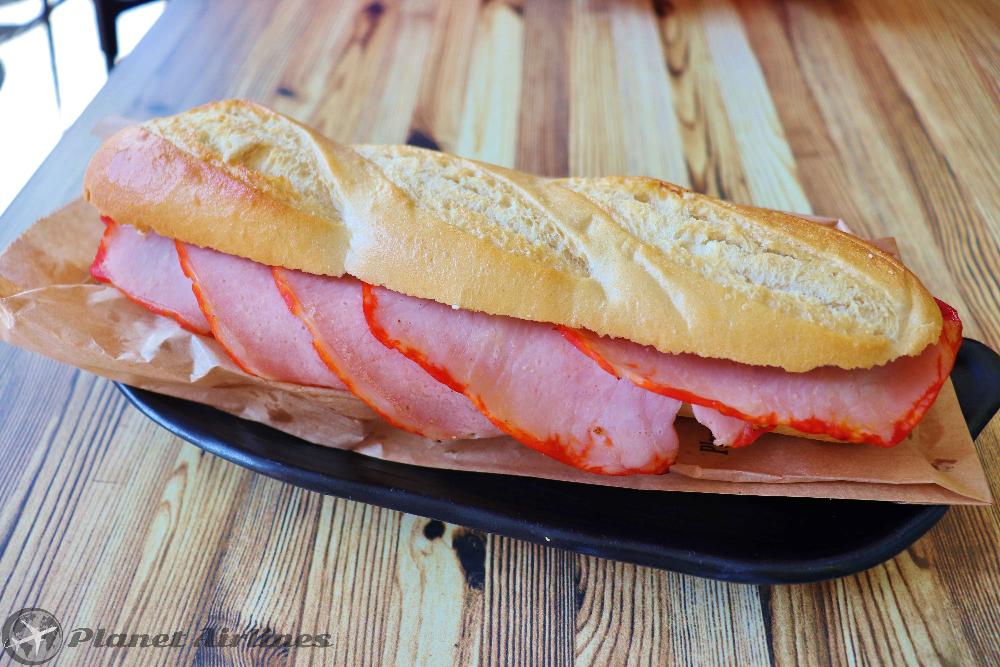
Toledo is like visiting a museum in itself. Every street up the old quarter is full of history, walking up the narrow streets many of the shops are atmosphered in old traditional medieval style and even restaurants and bars look very classical inside with roman or arab architecture. It is easy to get lost in the many small streets that lead to churches, convents, museums or squares and find new places to visit away from the crowds. Not to miss many of the important sites of the city it's a good idea to map where you want to go and follow an itinerary if you are only there for the day. Most streets are not straight and with many alleyways, it's easy to get confused or lost where to go.
Toledo is also a city linked to deep popular traditions, as the procession of the Most Holy Corpus Christi, a festival declared of International Tourist Interest, demonstrates every year. The city of Toledo has its origins in Toletum, the name the Romans gave to this settlement on the banks of the River Tagus after its conquest in 190 BC. The city maintained its importance for centuries and, in the Visigothic era, became the capital of Hispania (6th C.). The arrival of the Arabs in the 8th century, together with the presence of Christians and Jews, made Toledo the “city of the three cultures”. This was one of the Toledo's most splendid periods when, among other important events, the Toledo School of Translators was founded. Later, when Carlos V came to the throne in 1519, the city became an imperial capital.
Below you will find some of the highlights in bold, which are important to visit or see:
The way that Christians, Arabs and Jews lived side by side for centuries has been reflected in the form of a great artistic and cultural legacy. The maze of streets making up the historic centre of Toledo is only bounded by walls in which many gates were opened. The Bisagra gate, presided over by two bodies and a great imperial shield forms the main access to the city within the walls. This noble gate, of Muslim origin, includes a central courtyard. The Sol gate was built in the 13th century in Mudejar style and contains the remains of a paleochristian sarcophagus.
Via these and other entrances you can reach picturesque places, like the Plaza de Zocodover, which is the central square for tourism information, restaurants and starting points of many tours around the city. In the Arab period, this central space housed an important market, and festivals and all kinds of social events were held here.

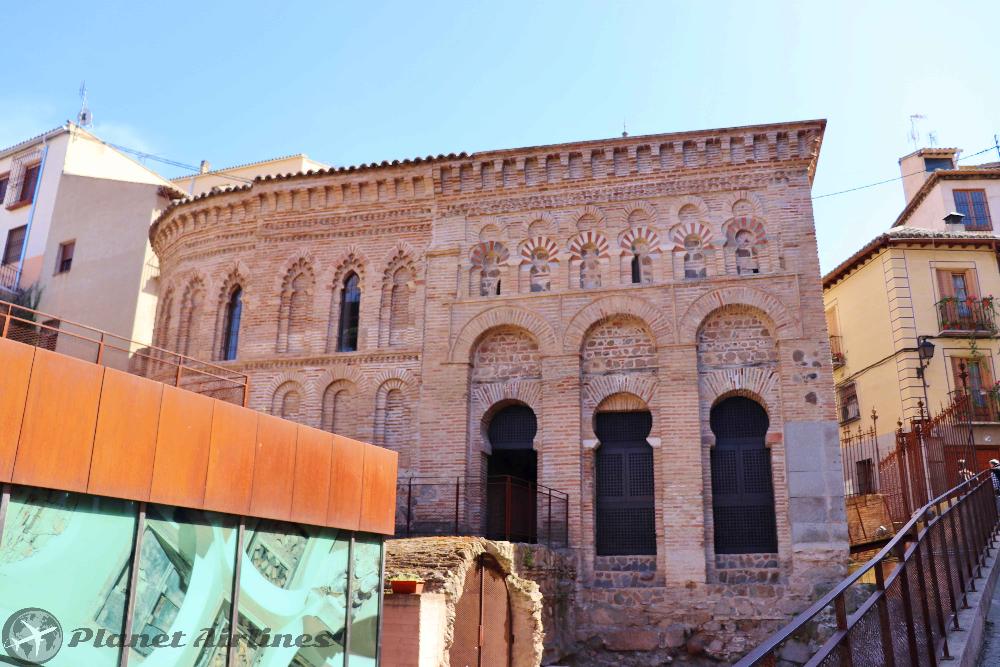

Synagogues, mosques and churches jostle in the narrow streets of Toledo, which is characterised by the mixture of artistic styles.The Mosque of Cristo de la Luz, which predates the Christian reconquest, was built in 999 as a copy of the Mosque at Córdoba. While the Mudejars left in Toledo a style with rich Arab decoration. Horseshoe arches, lobed windows and other architectural elements can be appreciated in various buildings in Toledo. Santiago del Arrabal is one of the best examples of this style in the city, which has led this church also being known as the Mudejar Cathedral. The same Mudejar style can be seen in the church of Santo Tomé, famous for housing El Greco's famous picture entitled “El entierro del Conde Orgaz” (The burial of Count Orgaz). El Greco's House-Museum, a palace with the atmosphere of the period, exhibits some of the best works of the painter who made the city world famous. Remains of the Jewish community are still preserved in the city in the synagogues of Santa María la Blanca and El Tránsito. You can also visit the Alcazar of Toledo, which is the building standing on the top of the hill, it is from the 16th-century and former fortified royal palace, now housing a military museum. Views from this point are also good.



One of the most outstanding buildings in the city is the Cathedral, considered one of the high points of Gothic art. The construction of this monumental building, with a basilica floor plan and five naves, because in 1226, although it was not finished until the 15th century. This is reflected in the great superimposition of styles in the building and the large number of renowned artists who left their mark on the church. The exterior is topped by the two cathedral towers, one of them in flamboyant Gothic style and the other in Gothic-Renaissance.Inside, the choir stalls, located in the building's central nave, are outstanding. The Cathedral Museum houses a rich collection of works by painters like Goya, El Greco, Lucas Jordán and Van Dyck. Also Gothic are the San Martín bridge, which was built in the 13th century with its two characteristic defensive towers, and the Monastery of San Juan de los Reyes. The Renaissance mark on Toledo can be appreciated in the Hospital de Tavera, turned into a museum housing pictures by El Greco, Ribera and Titian, among others. Meanwhile, the Fortress, of medieval origin, presides over the whole city with its imposing image and contains a military museum and one of the largest public libraries in Spain.

Staying in toledo, overnight, is only recommended if you really want to dig deeper into the history and culture and visit many of the cultural places in the historical city centre. It's proximity to Madrid, means that most visitors come only for the day.
However, if you would like to include Toledo as a stopover, to other cities, you can find cheaper accommodation than Madrid. Hotels and Hostel style businesses provide city centre beds from €25 per night. Also, it's a good idea to check Airbnb and Booking.com for private housing and cheaper stays.
Toledo is a big city when it comes to size, however all the main attractions are concentrated within the main medieval walls of the inner city. When visiting it can be seen leisurely within a half day, as a day trip from Madrid. If you want to stay a night and visit museums it can also be worth as a weekend away in some of the charming hotels around the city centre.
Toledo Photo Gallery 📷

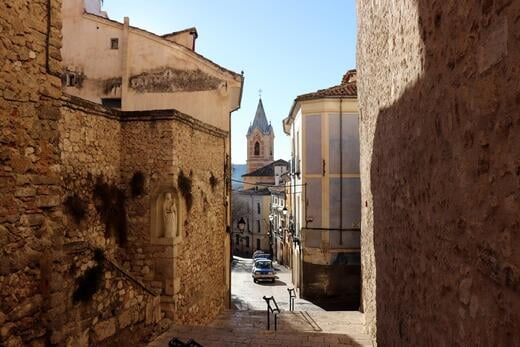
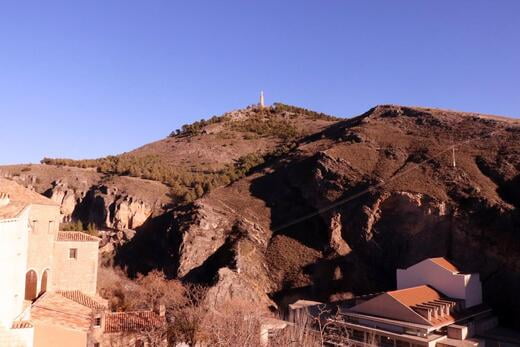
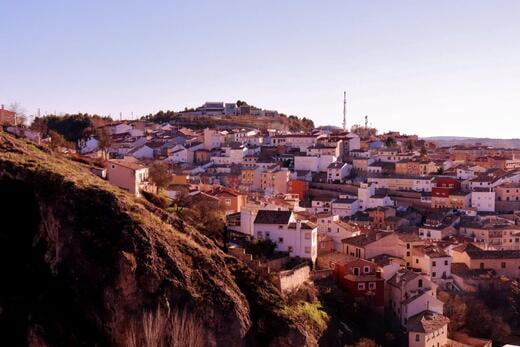
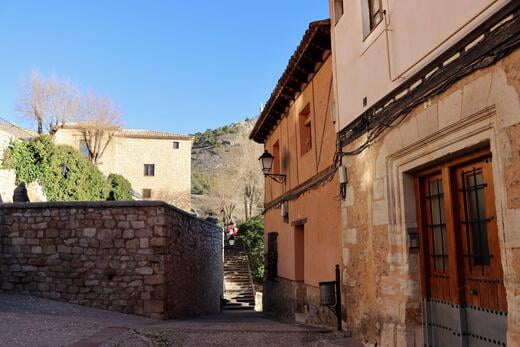
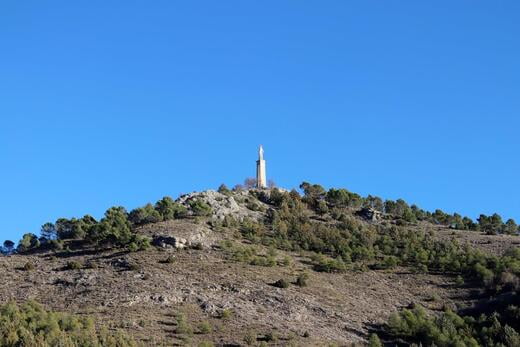
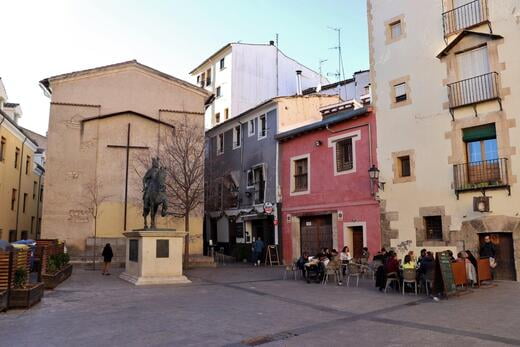
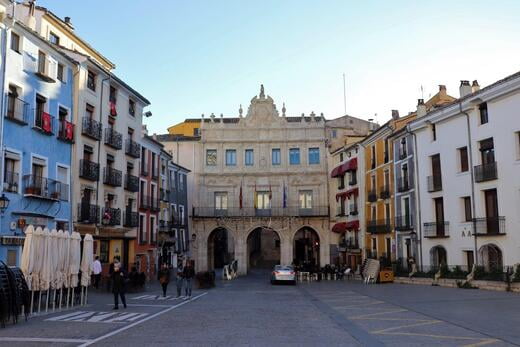
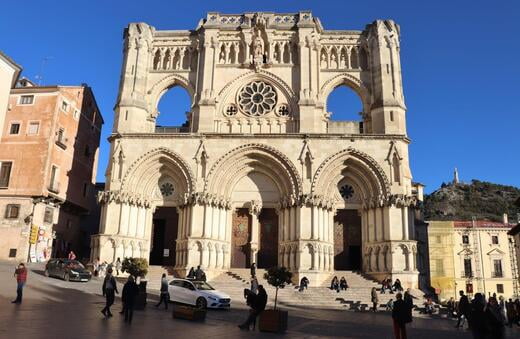
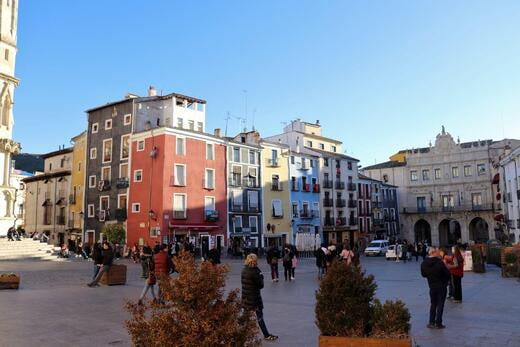
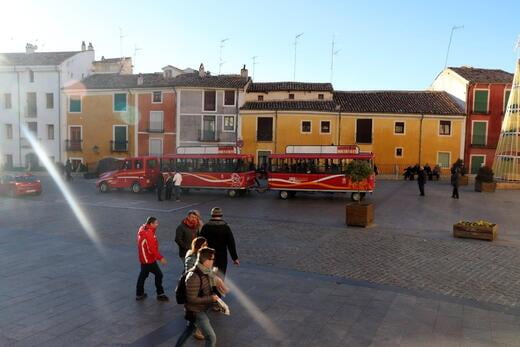
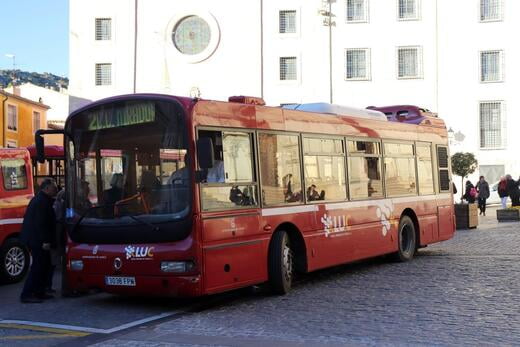
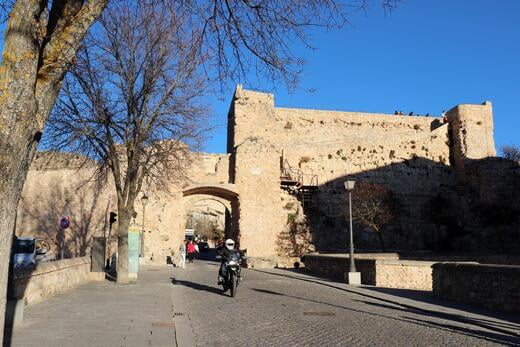
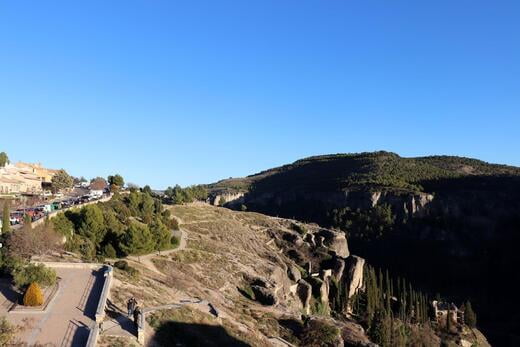
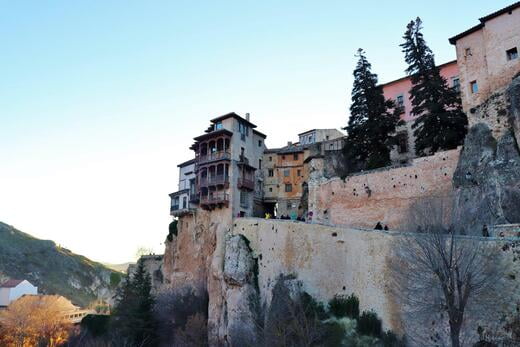
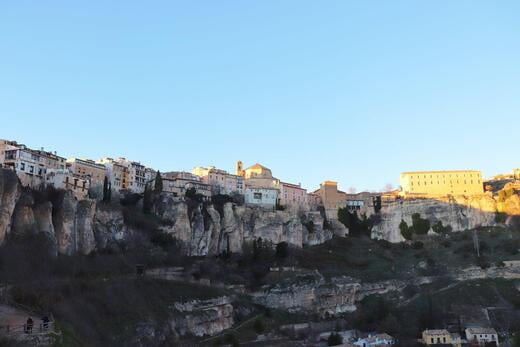
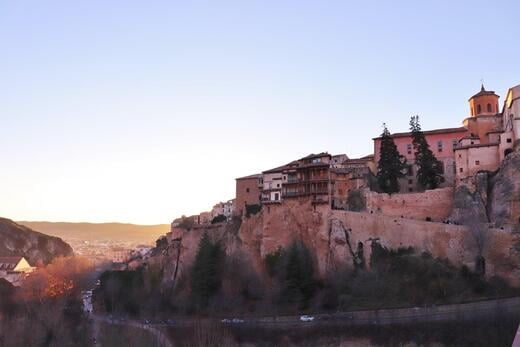
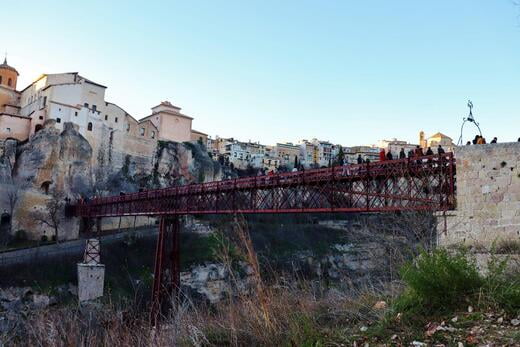
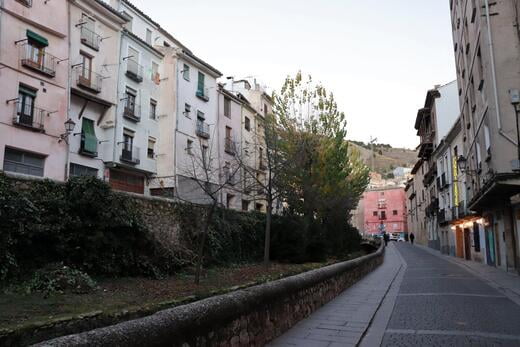

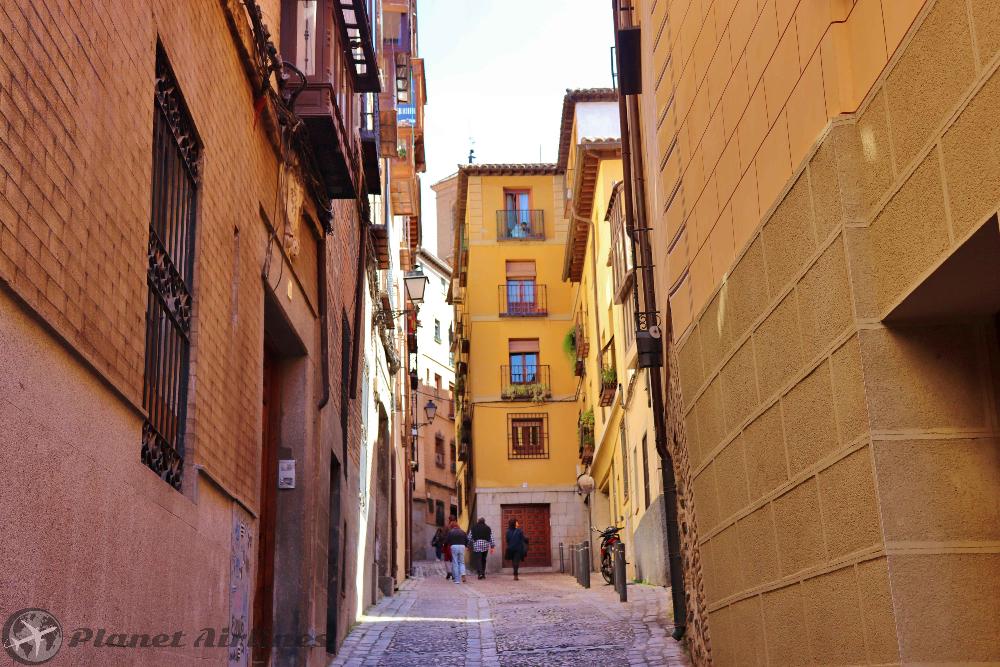








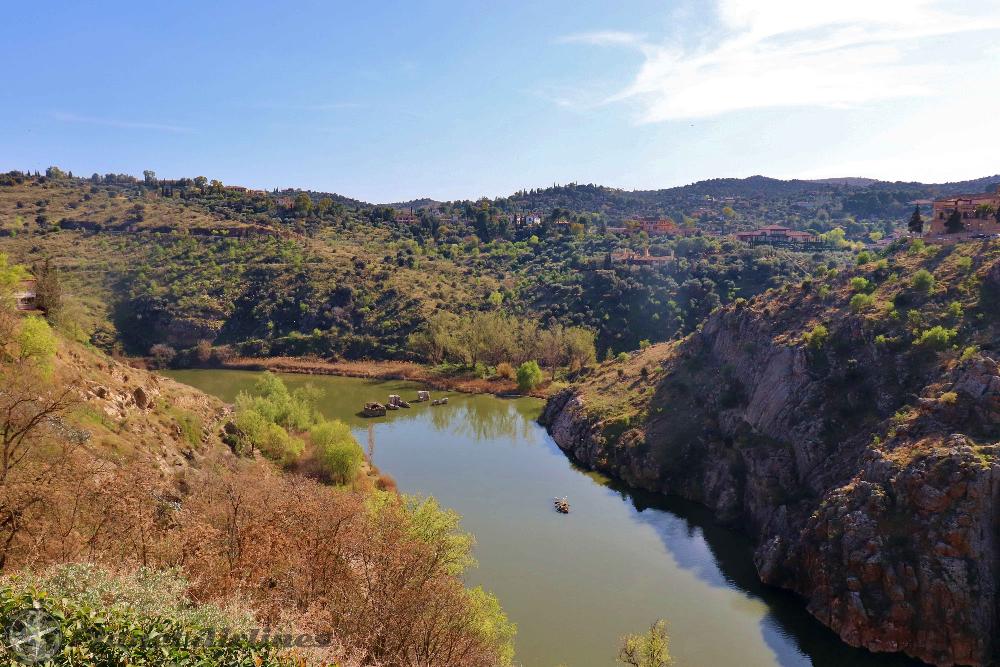


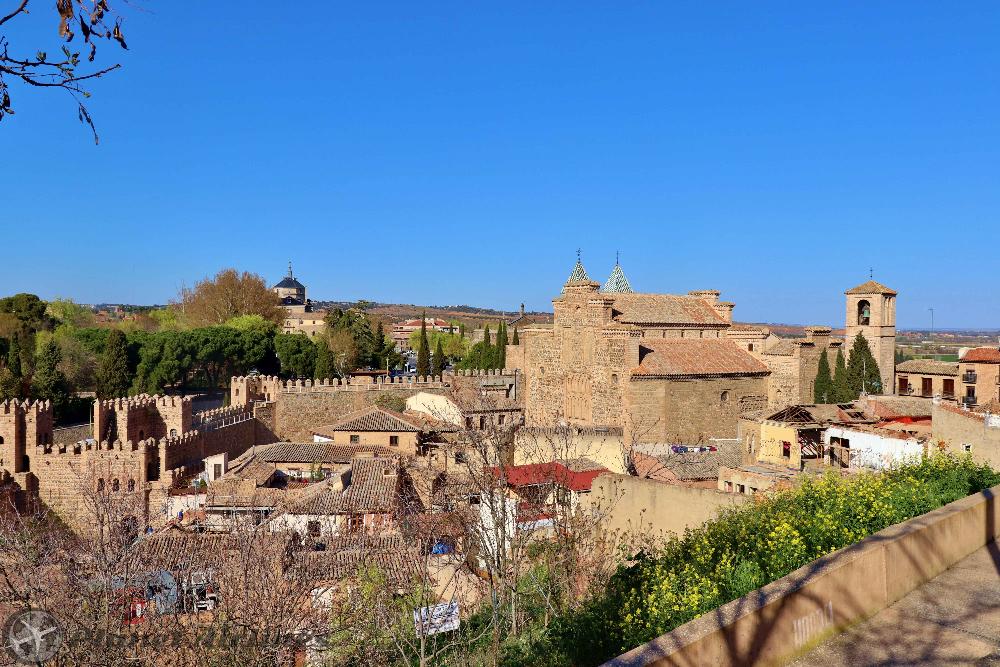
.png)